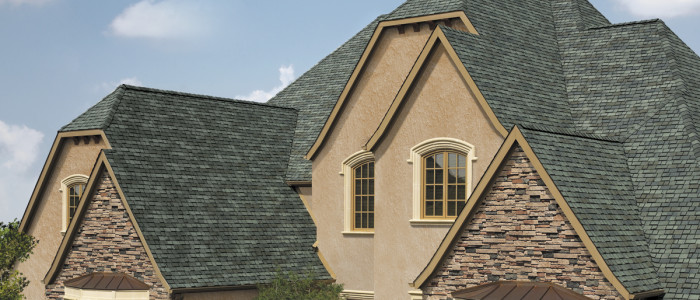According to many studies, the rate of heat losses through the roof can reach up to 30%. Depending on the fact whether you will use the attic for housing or not, it is necessary to isolate the roof or ceiling directly toward the unheated attic. The roof should be insulated with about 8 inches of thermal insulation and the good news is that insulation doesn’t cost much. Depending on the construction of the house and roof and their overall condition you can expect this investment to pay off in about 3 to 5 years with thermal roofing.
Roof and roof structure
Although the roof is represented with about 10% to 20% of the overall heat loss in the house, the roof has a special role in the quality and standards of living because it directly protects the home from rain, snow, heat and cold. The most common form of roof in family and small residential buildings is the pitched roof. The space under the roof is often used for housing, although this area is rarely adequately insulated. In this case, during the winter the house is experiencing an increased rate of heat loss, but an even bigger problem than this may be the process of overheating in the summer period. If the roof is not insulated well, about 30% of heat can go through it and that’s why it is recommended to use heat insulation of about 8 inches. Additional thermal insulation is not simple and economically viable because the return of investment is much longer and it is possible that you won’t live in the same home when that happens.
The roof structure can be wooden or massive and the choice for roofing materials (tiles, metal sheet, cement boards or shingles) depends on the roof pitch and climate conditions. Roofing can generally be divided into two groups – hard and soft. Many different hard covers are used for roofing and some of them include – stone materials such as stone slate, concrete slabs, cement fiber products and less frequently metal covers made of shingles (hard resin). Soft roofing includes bitumen stickers, foil, cast insulation products, soft wood, isopolymers as well as products made of cane and straws. In both flat and pitched roofs we need to prevent the penetration of diffused water vapor from heated space in the layer of thermal insulation and creation of condensation in thermal insulation or at least reduce this occurrence to a minimal level. In addition, it is very important to prevent condensation of water vapor on the inner surface too. The vapor barrier is placed on the warmer side of the layer of thermal insulation.
Thermal insulation of the roof ensures a pleasant microclimate conditions for those who stay in these rooms and thus significantly reduce energy consumption of heating and cooling devices. This insulation is placed between and below the beams. The layer used for better air flow is very important because lack of proper air flow during the winter period can create damages after water vapor condensates and freezes.

Comments are closed.